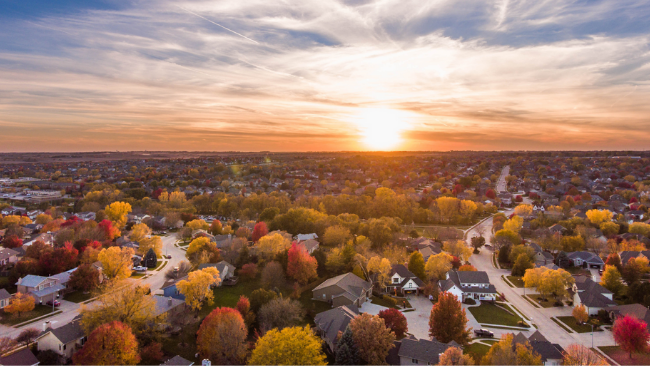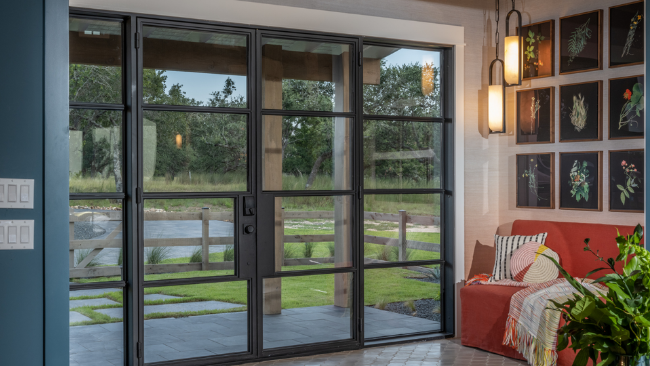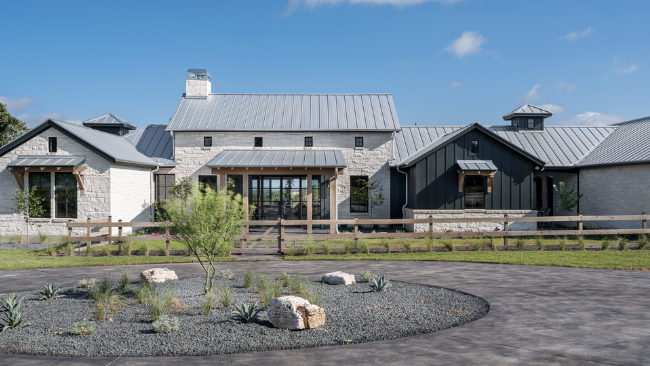In surprisingly large numbers, many young families are moving back to the small communities they left when they went away to college. Call it another effect of the pandemic, a search for a simpler lifestyle or any number of other reasons, young people who have the flexibility to work from anywhere are deciding that there’s no place like their hometown.
These new “small towners” are primarily employed in “knowledge” industries such as computer programming, advertising, marketing, writing, sales or other service industries that can be completed virtually anywhere there is an internet connection. Online video meeting services have made working from home possible and popular. For this reason, some observers of social trends have called these communities “Zoom towns.”
A good example of these new/old hometowns is Fredericksburg, Texas.
Are you a young homebuyer? You probably have many questions. Click here for valuable information on this topic.
Watching the lunch crowd stroll to the numerous quaint restaurants in the downtown area of Fredericksburg, Texas, it becomes obvious that this small but extremely vibrant town is a good example of why young families are returning to a slower, perhaps saner lifestyle. The many “30 - something” folks who crowd the restaurants, stores and entertainment spots are all citizens of another “Zoom town.”
This migration of younger workers back to smaller communities represents a fundamental change. In earlier times, some opted to attend college while others moved to larger cities to seek employment, but many, if not most, graduates left. That seems to be changing.

For at least 150 years, Fredericksburg was a cute little town in the Texas Hill Country with very little industry, almost no tourism and an aging population. However, when the wine industry came to town, with all its opportunities, tourism and revenue, everything changed.
This was not lost on the executives of House Beautiful magazine, a publication that has also seen many changes in its 125 years of existence.
Each year, this venerable publication, which is dedicated to showcasing impeccable home design, extensively surveys cities across the United States to uncover a few that seem to be leading the way in positive lifestyles, sustainability and original style. In one of these cities, the publication reaches out to partners in the area who design and build a “dream home” that is christened The Whole Home.

By now you’ve probably guessed that in 2021, with the help of several partners, including Acme Brick, this spectacular home was built just outside of Fredericksburg, Texas.
Britt Stokes of Acme Brick said, “Building this year’s Whole Home in Fredericksburg, Texas was really a brilliant decision. Of course, the natural beauty of the Texas Hill Country is an excellent backdrop for this stunning and sustainable home, but that is only part of the story. This community, of about 11,000 people, has shown the rest of the world what is possible when economic development is combined with historical preservation.
“Choosing an innovative local builder, like Agave Custom Homes, a company that appreciates contemporary design AND the significance of the architectural history of this area, was also very smart. We are proud to have several of our products featured in this year’s Whole Home!”
The Challenges and Opportunities of Returning to Small Towns
Every ZIP code in America, where new homes are being constructed, faces supply chain and labor challenges. Of course, this includes “78624,” where the 2021 Whole Home was built. A move to these small towns offers both challenges and opportunities for young people who want to get back to their roots.
In her book, “Uprooted: Recovering the Legacy of the Places We’ve Left Behind, Grace Olmstead notes, “Many people move home to help out with family businesses, support aging loved ones or share the joys of small-town life with their kids.”

There are many other advantages to moving “back home” to a small community. For example, the prices for homes in these communities are usually lower than comparable homes in larger cities. This allows a young family to begin building equity, which is impossible to do when living in a rented apartment. Plus, those skilled workers who choose to work from home in a smaller town are often well – compensated, and their contribution to the revenue and tax base of their new communities can – as with Fredericksburg – encourage the addition of more amenities to the community.
Practical challenges such as reliable internet connections, adequate workspace and smaller homes that might require updating in order to be functional for growing young families are all a part of the Zoom town “package.” Finding building contractors and having the background to direct their work, can also be challenging.
This work-from-home trend has had some unintended, but positive, consequences. According to this article, “The paradoxical result of widespread remote work is that it represents both a centralization and a decentralization of where new technologies are built. That is, even as workers disperse geographically, more of them are doing their work in a single place: the internet.”

Young workers who have the flexibility to do so, will likely continue to migrate to small towns like Fredericksburg. They understand the wisdom of philosopher Simone Weil, who wrote, “To be rooted is perhaps the most important and least recognized need of the human soul.”
“We grow roots,” she added, “through real, active and natural participation in the life of a community.”
If you need help with a DIY construction project - whether you live in a small town or large city, click here and talk to the experts at Acme Brick. For information on the Whole Home project, click here.

